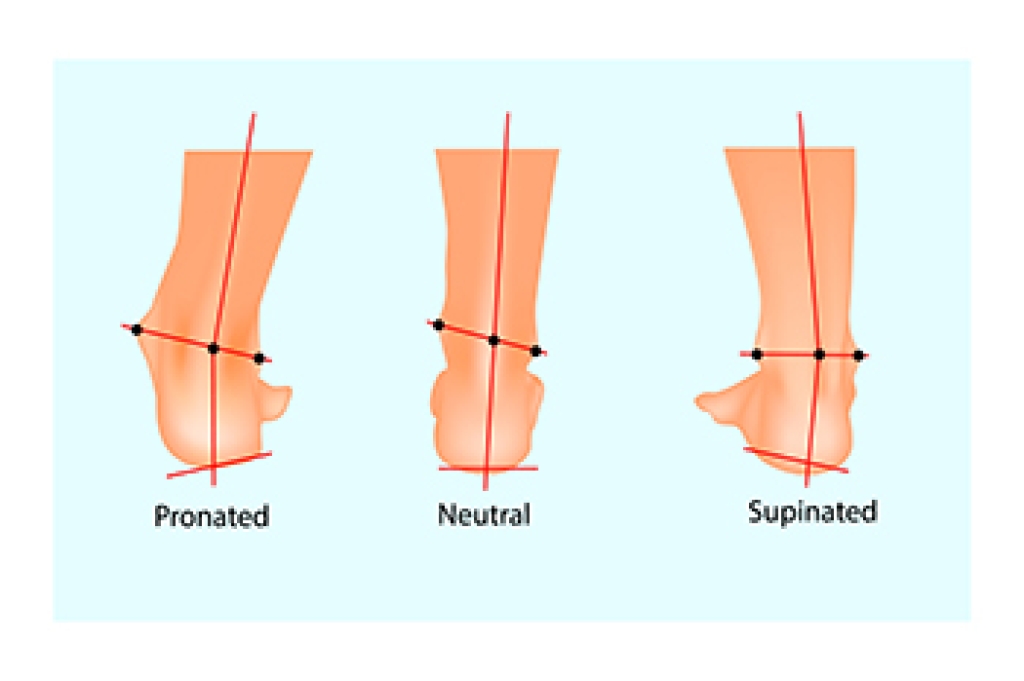
Over-pronation occurs when the foot rolls too far inward with each step, placing excess stress on the arch, ankle, and surrounding soft tissues. Instead of evenly distributing weight across the foot, the inward roll causes the inner edge of the foot and big toe to bear too much pressure. This can flatten the arch, limit shock absorption, and strain muscles, tendons, and ligaments in the feet and ankles. Over time, over-pronation may contribute to painful conditions such as plantar fasciitis, bunions, heel pain, ankle sprains, and posterior tibial tendon problems. Over-pronation is often linked to flat feet, but can also develop from weak or imbalanced muscles, loose ligaments, or excessive flexibility in the foot and ankle. A podiatrist can evaluate your gait and foot posture, prescribe custom orthotics, recommend supportive bracing, or discuss surgery for severe cases. If you are experiencing foot pain, especially after activity, it is suggested that you make an appointment with a podiatrist for an exam, diagnosis, and treatment.
If you have any concerns about your feet, contact Richard Galperin, DPM from Texas. Our doctor can provide the care you need to keep you pain-free and on your feet.
Biomechanics in Podiatry
Podiatric biomechanics is a particular sector of specialty podiatry with licensed practitioners who are trained to diagnose and treat conditions affecting the foot, ankle and lower leg. Biomechanics deals with the forces that act against the body, causing an interference with the biological structures. It focuses on the movement of the ankle, the foot and the forces that interact with them.
A History of Biomechanics
- Biomechanics dates back to the BC era in Egypt where evidence of professional foot care has been recorded.
- In 1974, biomechanics gained a higher profile from the studies of Merton Root, who claimed that by changing or controlling the forces between the ankle and the foot, corrections or conditions could be implemented to gain strength and coordination in the area.
Modern technological improvements are based on past theories and therapeutic processes that provide a better understanding of podiatric concepts for biomechanics. Computers can provide accurate information about the forces and patterns of the feet and lower legs.
Understanding biomechanics of the feet can help improve and eliminate pain, stopping further stress to the foot.
If you have any questions please feel free to contact our office located in Dallas, TX . We offer the newest diagnostic and treatment technologies for all your foot and ankle needs.
